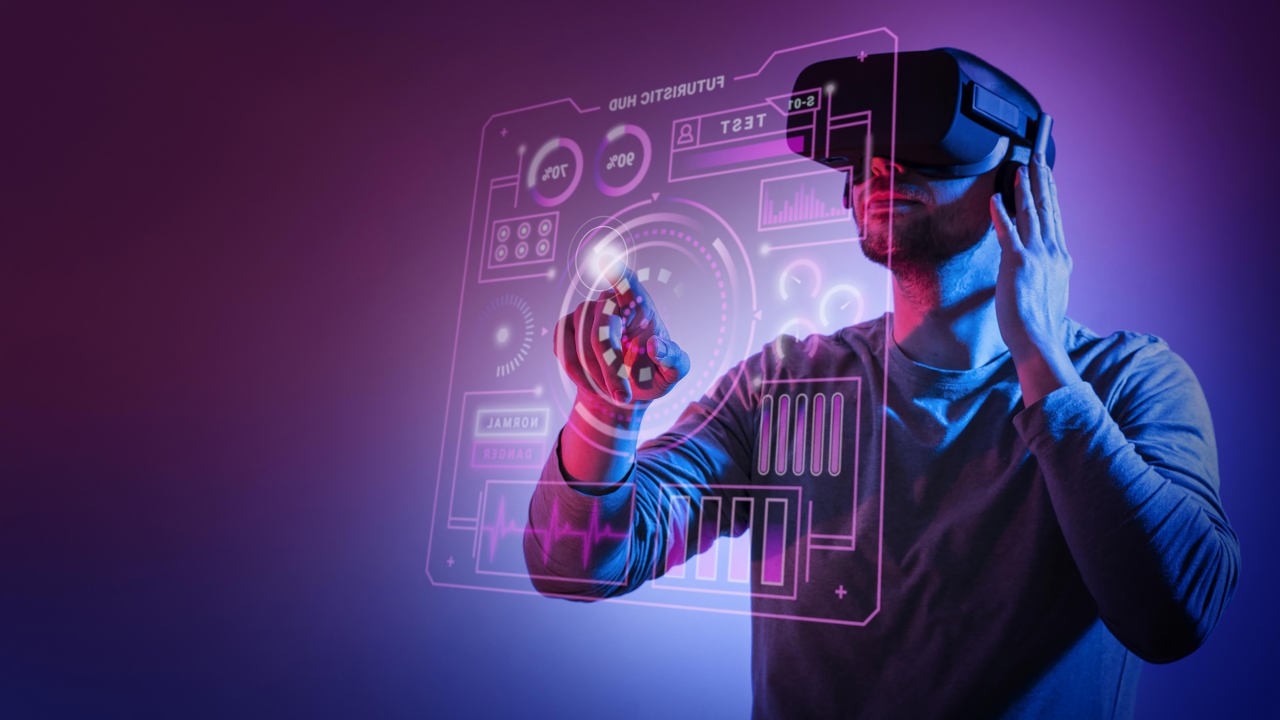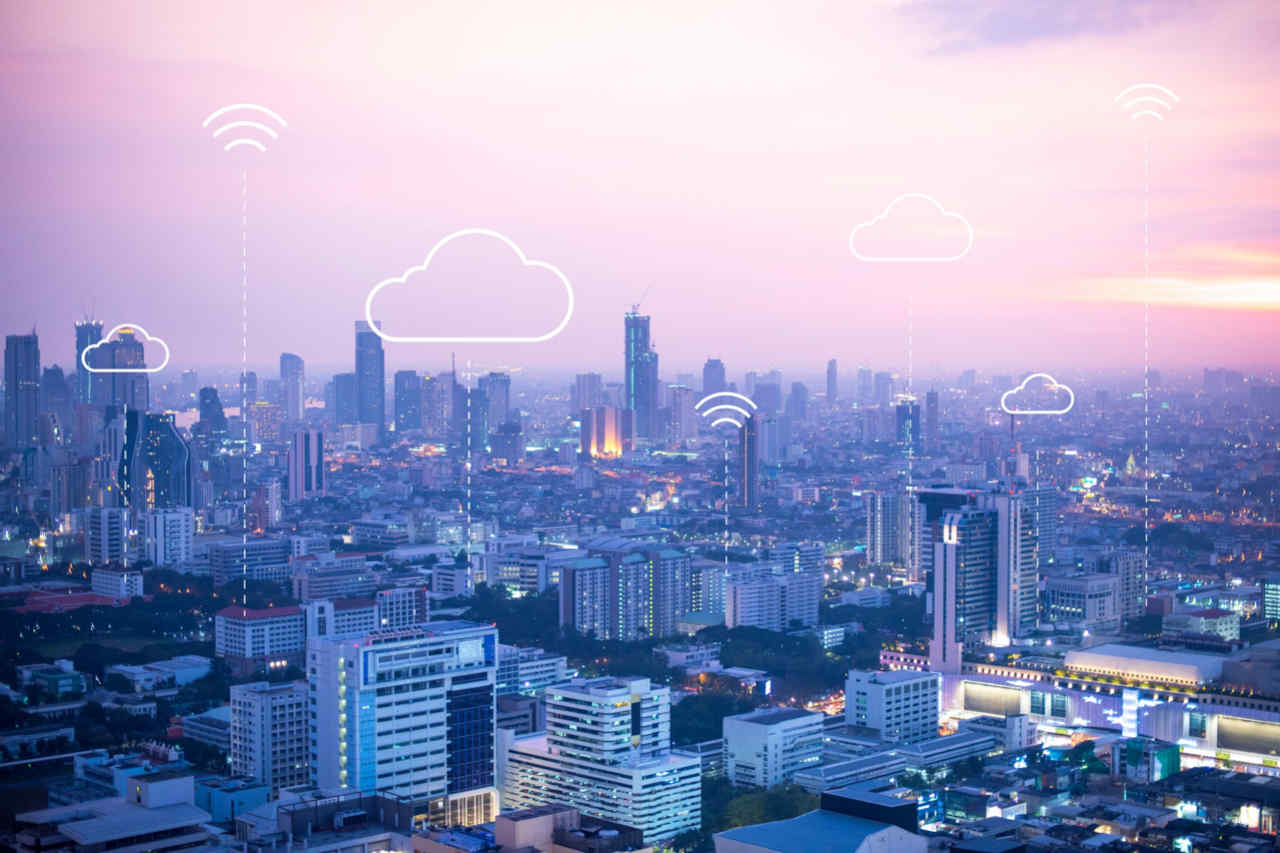
Science fiction films picture cities as convoluted networks of dense developments, high-speed transportation, and streamlined designs. Such images make it hard to appreciate the many advancements smart cities have had up until today.
Gigantic leaps in Internet of Things (IoT) technology have facilitated a new era for smart cities; one where digital solutions can substantially improve the quality of life of many. A successful smart city isn’t only a good place in which to live, it’s also a thriving business center.
In this blog, we’ll focus on what a smart city is and how digital technology is improving urban centers.
What is a smart city?
A McKinsey report defined smart cities as areas where the use of “data and digital technology work with the goal of improving the quality of life.” The key phrase here is “quality of life.” Within any city, technological solutions may serve a wide array of purposes. Not all of them are directed at improving people’s lives.
However, smart cities excel at taking all available data and using it in novel ways to optimize existing systems. Smart solutions have the ability to respond to public demand while changing the nature and economic foundation of their infrastructure.
All smart cities involve three different layers. The foundation (layer one) is an interconnected mass of smartphones and sensors capable of many different types of readings. To connect all these devices, cities require a solid high-speed communication network and a robust infrastructure. As McKinsey notes, “Before a city can become smart, it has to be connected.”
Layers two and three involve the technological applications themselves and how the general public adopts them. Because every city is unique, technological applications can’t be a one-size-fits-all solution. And, to ensure the third layer is implemented successfully, digital solutions should be tailored to user needs and contexts.
How smart cities improve lives
The IoT has come a long way. Ten years ago, IoT-based implementations were in a trial phase. Fast forward to 2020, experts estimated that over 50 billion objects were connected to the Internet. In one of our previous white papers, we mentioned that the implementation of sensors, actuators, and devices grew exponentially over the course of the past two years. This was mainly due to the pandemic.
These implementations improved the quality of life in many cities around the world. Still, according to McKinsey, improvement is multidimensional. However, most key indicators showed a 10-30 percent increase from the time most technologies appeared.
One of the most important focuses of smart cities has been on improving response and waiting times, especially when interacting with healthcare and government institutions. Most smart cities reported a 45 to 65 percent decrease in time spent with such institutions.
Smart cities also play an important role in disease prevention, as seen throughout the COVID-19 pandemic. An article from the International Journal of Environmental Research and Public Health mentions that solutions and applications used during the pandemic “served to enhance the community well-being and sustain urban functions.”
Looking for a mobile application that connects to other devices? Send us a message.
The challenges of creating a smart city
In less than thirty years, the world population will increase by 2.5 billion. In order for cities to comply with the increasing demands of their inhabitants, leaders and communities should combine technological solutions whilst considering the social and economic dimensions of the area in which they live.
The MIT Enterprise Forum states that cities should be perceived as a complex system with a wide range of factors that need to be taken into consideration. Because experts consider it complicated to meet all expectations, implementations of smart cities should “respond to diverse urban challenges without compromising sustainable development and while improving the quality of life of their citizens.”
We must also take data into account. Recently, the collection, analysis, and use of information have become one of the most important resources for smart cities. Without sufficient data, it would be near impossible to create a customized effective solution.
Gathering data via collection methods may overstep citizens’ right to privacy. For instance, facial recognition technology used for law enforcement by the London Metropolitan Police has received recent public criticism. Individuals often express hesitation about facial scanning and storing biometric data in varying databases.
What’s a possible solution? Some have suggested an adequate system of checks and balances to protect citizens and manage the data flow appropriately.
Developing connected solutions
In general, recent studies have shown that digital apps and platforms can enhance social connectedness, reduce stress and waiting times, and create a safer space for everyone. t Blankfactor, we’ve created products that have demonstrated this. A good example is 4thID, an application created by Blankfactor and FourthIQ that provides easy and secure access to tenants and landlords.
Even though the app was initially designed to work for private property management, its success has opened new horizons and demonstrates the capabilities which can be used in smart cities.
FourthIQ is now expanding its business from residential properties to properties in general. They’ve recently implemented the 4thID application at US universities such as MIT, where the app manages access to certain areas.
The 4thID application proved to have a lot of potential and endless possibilities for other uses, including laundry services and vending machines. An application like 4thID is one of many examples that could work in a smart city project.
Check out our work involving IoT technologies to transform tenant experiences.
What is a smart city?: Post-pandemic notes
We discussed the notion of an “end of the smart city” during the early part of the COVID-19 pandemic. An increase in consumption habits and remote work made people rethink the existence of urban centers in general. However, according to the Center for Strategic and International Studies, smart cities have actually gathered more attention. A survey across 82 countries revealed that 65 percent of city officials believe smart city programs are even more relevant now than ever.
In many cases, the past two years have forced people to think creatively and come up with suitable technological applications. As technological applications diversify, citizens and government officials should consider different points of view, needs, and concerns to help create a space that enhances everyone’s quality of life.
Was this article insightful? Then don’t forget to look at other blog posts and follow us on LinkedIn, Twitter, Facebook, and Instagram.









